Survey by Brian G, Graham H, Graham K and Liz N submitted to Butterfly Conservation (UKBMS).
Report by Brian Gardner. Pics by Graham Kenward and Liz North.
0 Comments
The sun makes all the difference: two views of the same Dark Green Fritillary in Fames Rough.
That's what the butterflies think. Thursday's butterfly count rocketed up to 411 individuals (from 10 species). This is due to the emergence of the high summer Marbled Whites (207 counted), Meadow Browns (158), helped along by 23 Small Heaths and 9 Ringlets. The week's high temperatures and strong sunshine were obviously responsible for the rapid increase in numbers. The fields were bright with a carpet of flowers – plenty of food for our butterflies and other pollinating insects. Seven Small Blues were seen in last week's transect but this week we saw only 2 but, for the first time, one of these was on the small Kidney Vetch patch on the left (Outwood Lane) side of the main path. We recorded our first Small/Essex Skippers of the year. The stroke (slash) in their name is used to cover two Skipper species with minute differences that are impossible to spot when the butterfly is in flight. We can usually make a positive identification if we get a sharp close-up photo that enables inspection of the antenna and wing markings. In addition. we also had two Dark Green Fritillaries (first sightings of this year) zooming past, one in Hither Field and the other in Stagbury Field.
Survey by Graham H and Brian G submitted to Butterfly Conservation (UKBMS).
Report and pics by Brian Gardner
Survey by Graham H, Graham K and Liz North submitted to Butterfly Conservation (UKBMS).
Report and pics by Graham Kenward
Survey by Brian Gardner, Graham H, Graham K and Liz North submitted to Butterfly Conservation (UKBMS).
Report by Brian Gardner Pics by Graham Kenward
Survey by Brian Gardner, Graham H, Graham K and Liz North submitted to Butterfly Conservation (UKBMS).
Report by Brian Gardner Pics by Graham Kenward
Survey by Brian G and Graham K submitted to Butterfly Conservation (UKBMS). Report and pics by Brian Gardner and Graham Kenward.
Survey by Graham H, Graham K and Liz North submitted to Butterfly Conservation (UKBMS).
Report by Graham Kenward Pics by Liz North and Graham Kenward The weather was reasonable for Tuesday afternoon's transect – we had some warm sun but with a strong headwind over Hither Field and Coneyboro Hill. The count was very similar to our last transect (no. 2) in that it consisted largely of Brimstones, (28) and Peacocks, (9) plus a single Holly Blue, an Orange Tip and our first Small White of the season. The total was 40 butterflies from 5 species.
|
The TransectualsHere you'll find details and pictures from the team carrying out our regular butterfly surveys (known as transects) over 26 weeks during Spring and Summer. Archives
July 2024
Categories |
|
|
The content on this website is subject to copyright of the WoodChips and their volunteers. Please get in touch if you wish to use any of the text or pictures.

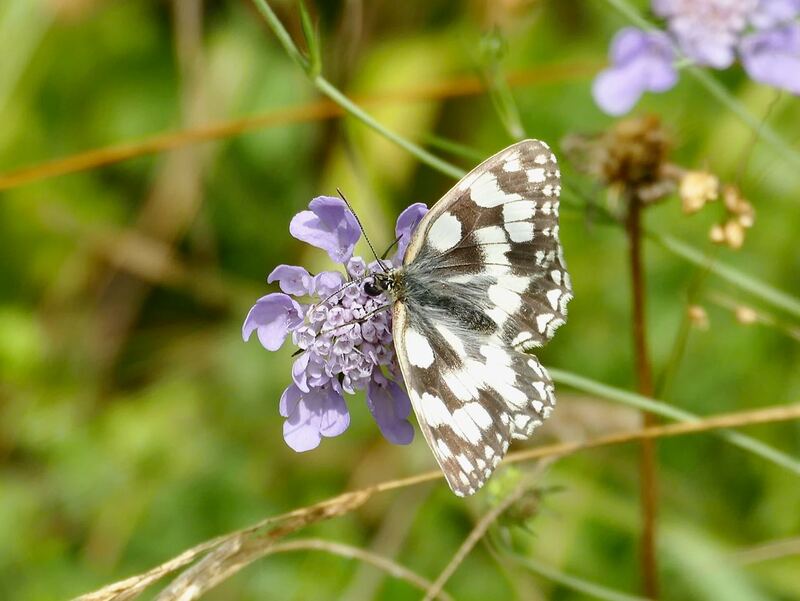









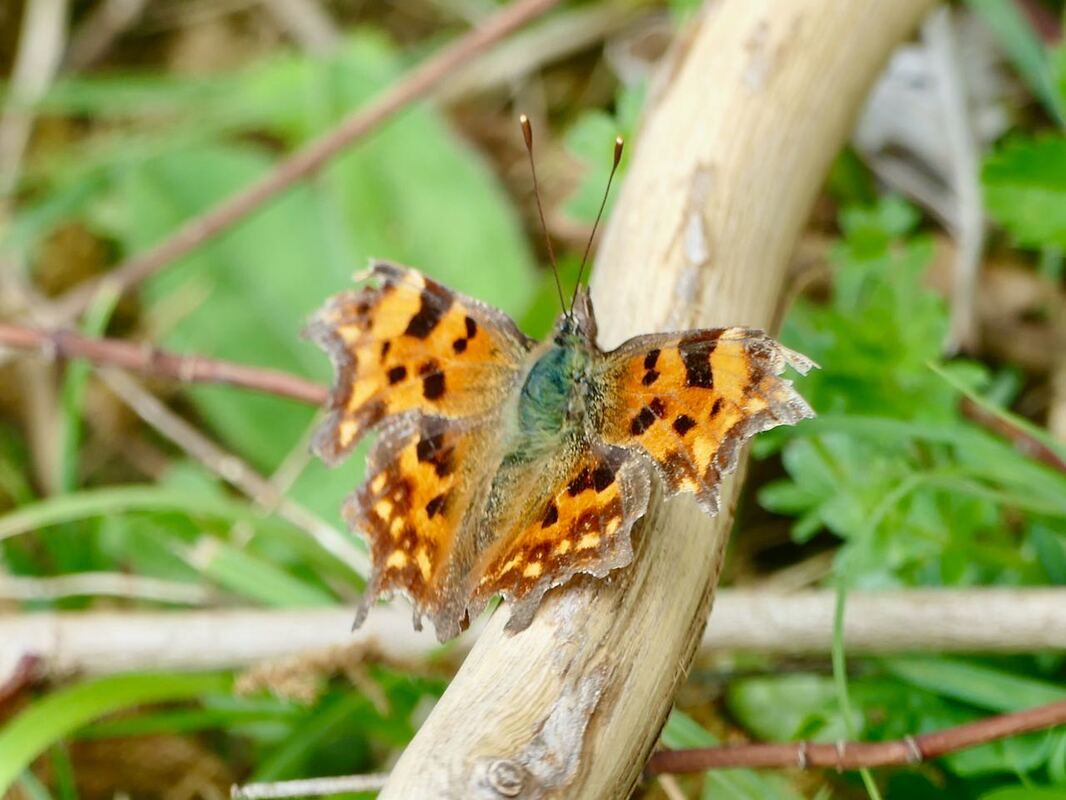

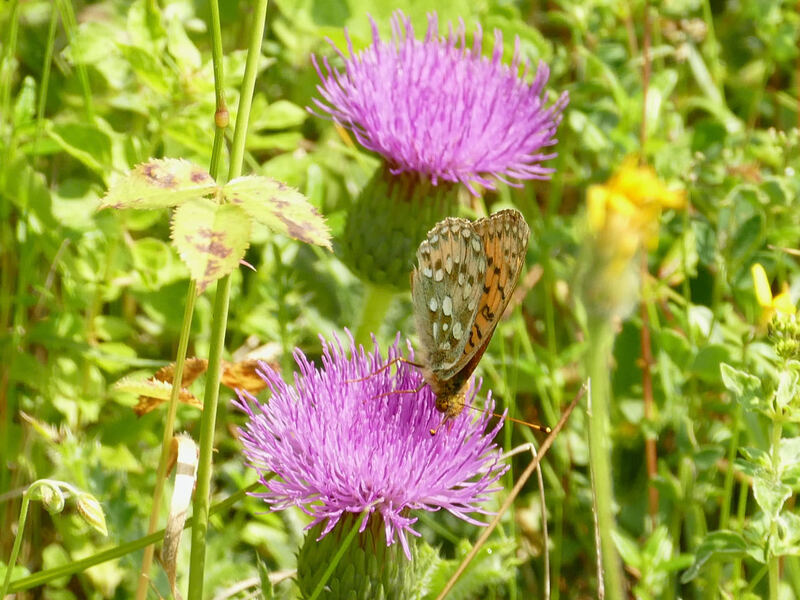



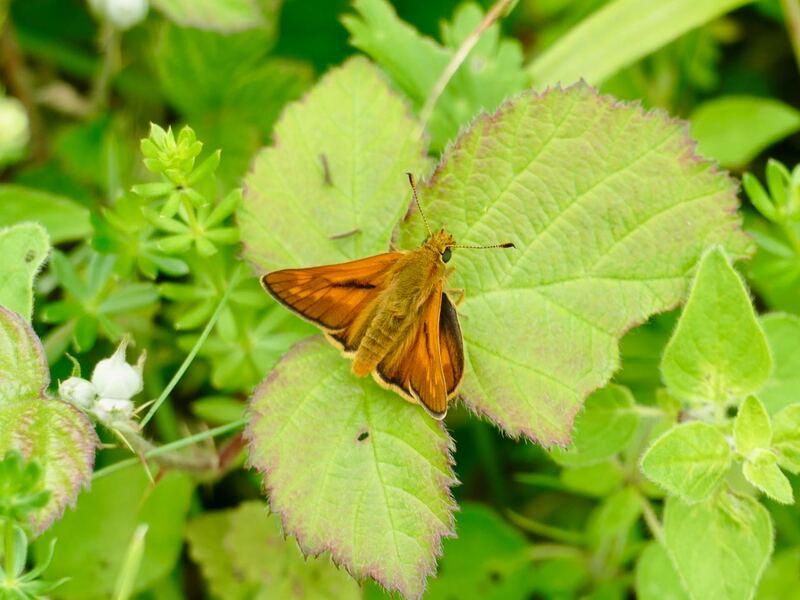




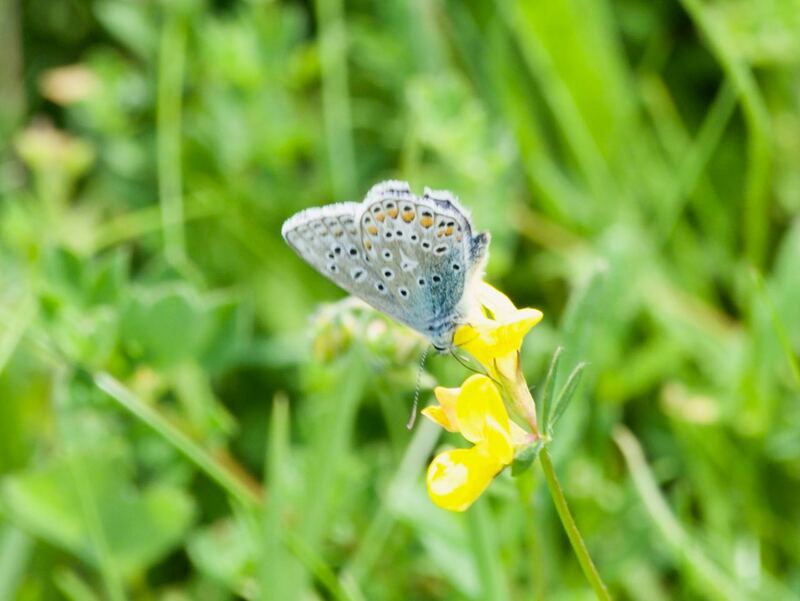



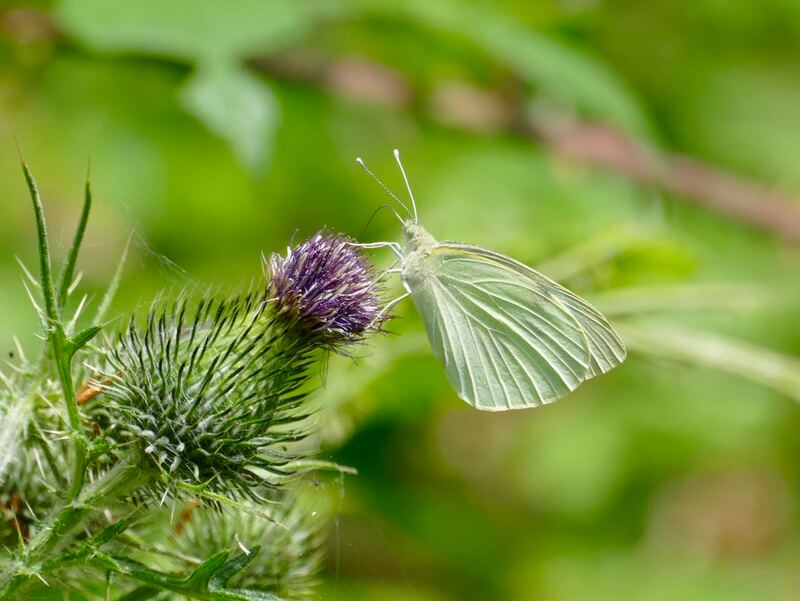
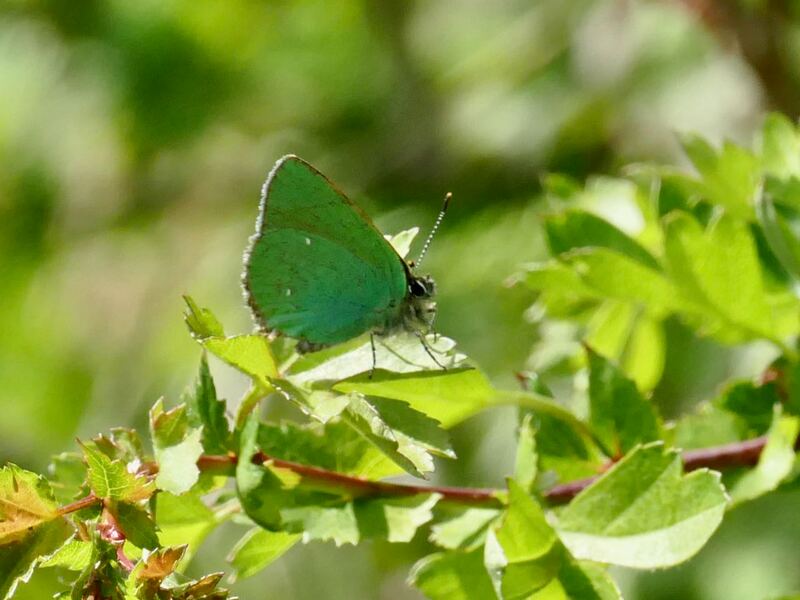

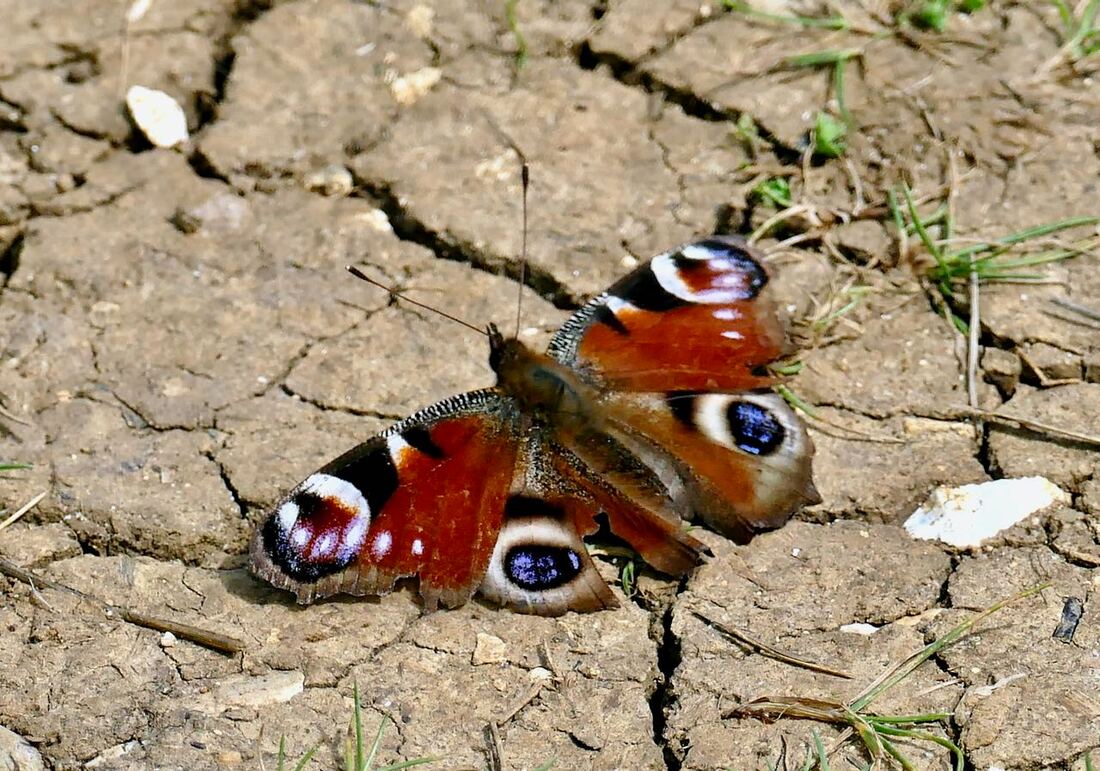





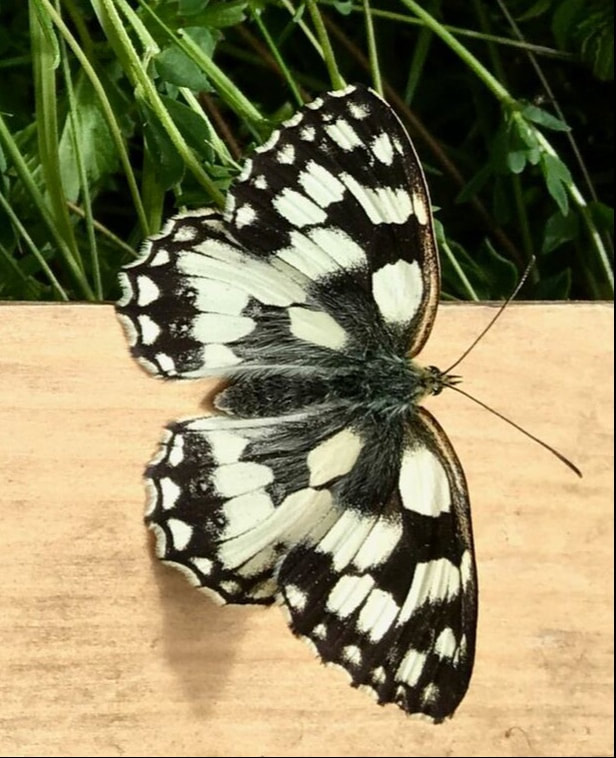
 RSS Feed
RSS Feed
